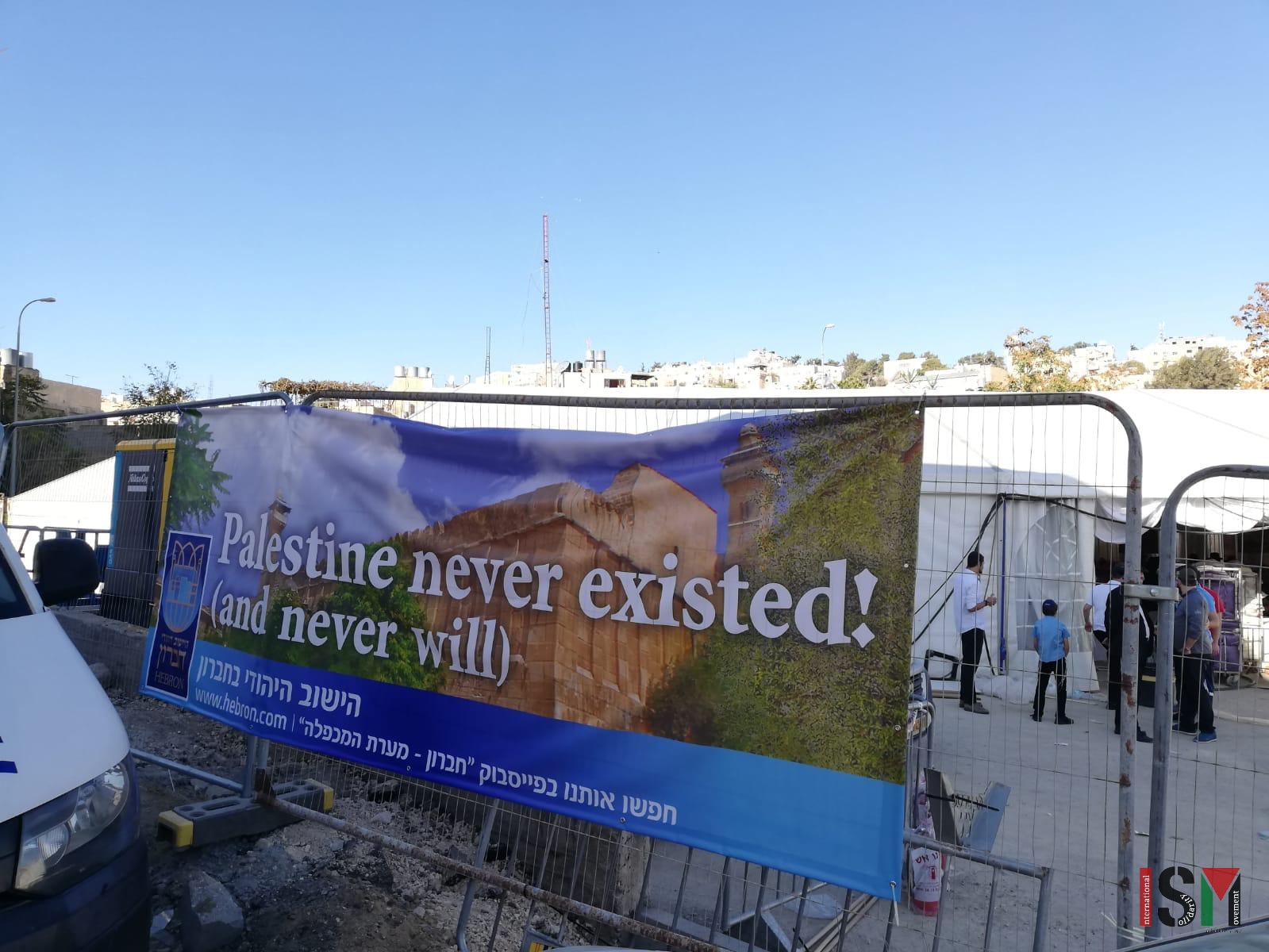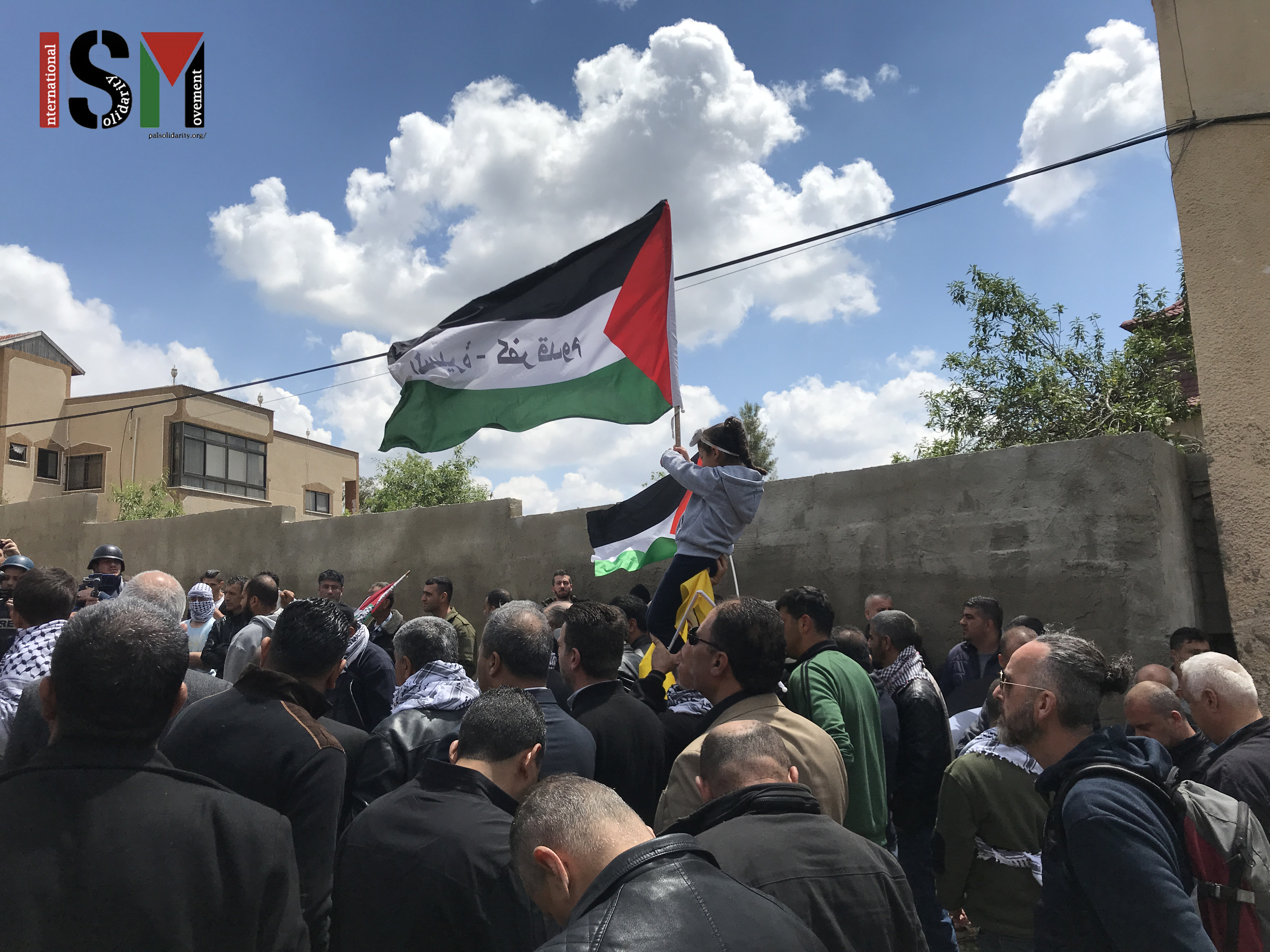Category: Features
-
When holidays bring hate: Sarah’s Day in Occupied Hebron
For Palestinians living in Occupied Hebron, Sarah’s Day, a major Jewish holiday, means an increase in violent attacks by illegal Israeli settlers.
-
Report on Land Confiscations by the Israeli Army in Salfeet and Qalqilya Area
The Israeli Occupation Forces have recently announced a new series of land seizures in eleven villages in Salfeet and Qalqilya, Occupied Palestine, a move that will affect almost 1 million square metres of Palestinian land.
-
Join ISM: Training in London, UK, November 30, 2019
ISM UK is offering a day of pre-training for prospective volunteers who are interested in joining the International Solidarity Movement on the ground in Palestine. Attending the training session in north London will give you a chance to get a first impression of ISM and the kind of work we do, receive training, connect with…



